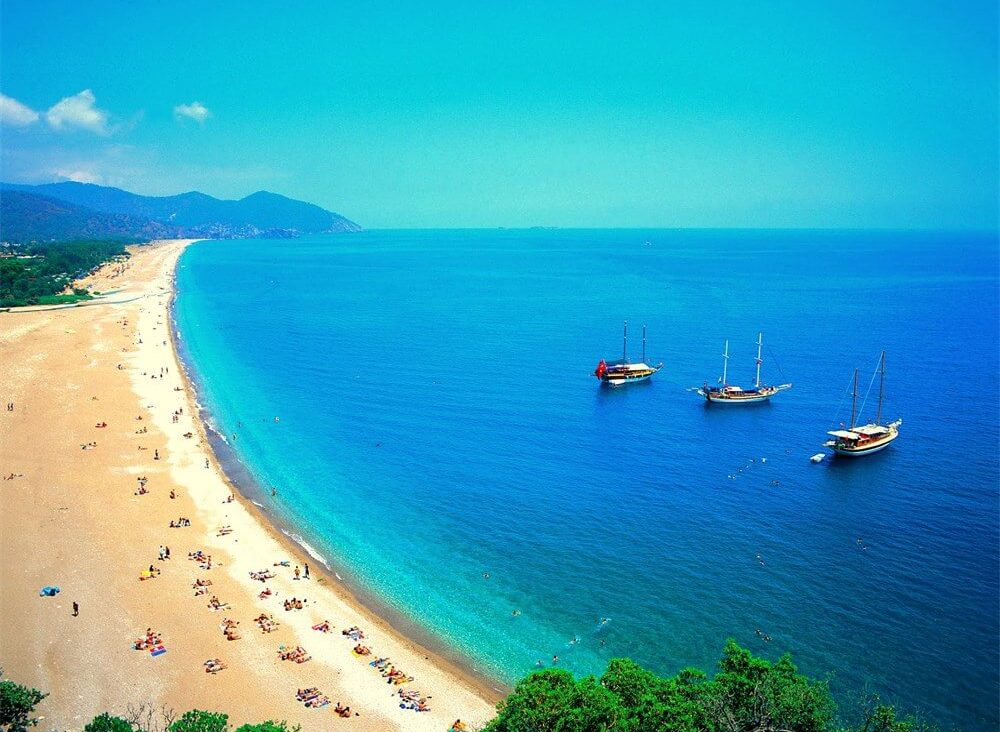Turkey in 2000
Nature has not been kind to Turkey in the past few years. On August 17, 1999, a devastating earthquake hit İzmit, near İstanbul. In a space of 45 seconds, it killed approximately 18,000 people, left tens of thousands injured, destroyed 60,000 buildings, and left 200,000 homeless. While neighboring countries and international relief groups raced to the rescue, the Turkish government was seen as slow and disorganized. A second major quake struck in mid-November, centered in Duzce, less than 100km from the first epicenter. This one claimed more than 700 lives, injured over 5000, left 80,000 people homeless, and destroyed approximately 750 buildings. Severe winter weather worsened the suffering of homeless refugees from both quakes.
Overall, tensions in the southeast decreased since the spring 1999 capture, arrest and death sentence of PKK leader Abdullah Öcalan. His capture triggered public demonstrations of joy in many of Turkey’s cities and Kurdish demonstrations of outrage throughout Europe and in Turkey. In light of Öcalan’s failing health and his status as an icon for many Kurds, his death sentence is unlikely to ever be carried out. In June 2000, Parliament voted to lift the state of emergency for certain, mostly
Kurdish, southeastern provinces, including Van, which had been in place since fighting with Kurdish guerillas in 1987.
In early May of 2000, the Turkish Grand National Assembly (Türkiye Büyük Millet Meclisi (TBMM) in Turkish) elected Ahmet Necdet Sezer the 10th president of the Turkish Republic. A judge who had advanced his career up to the ranks of the Turkish court system, Sezer stated in his May 16 inaugural speech that he planned to concentrate on higher standards for democracy, secularism, and rule of law.



Leave a Reply